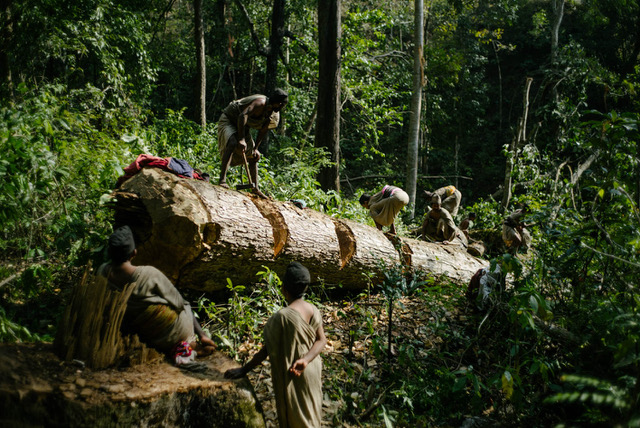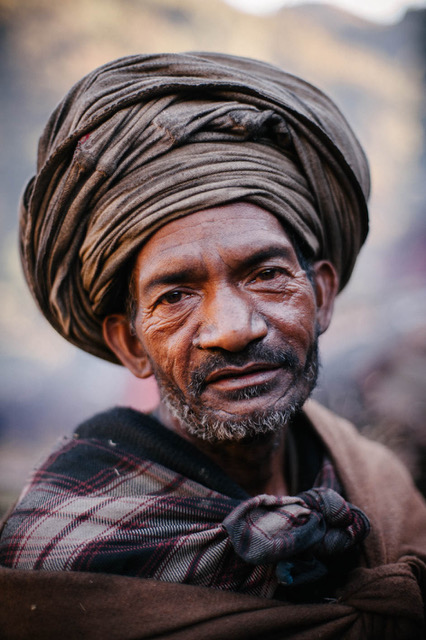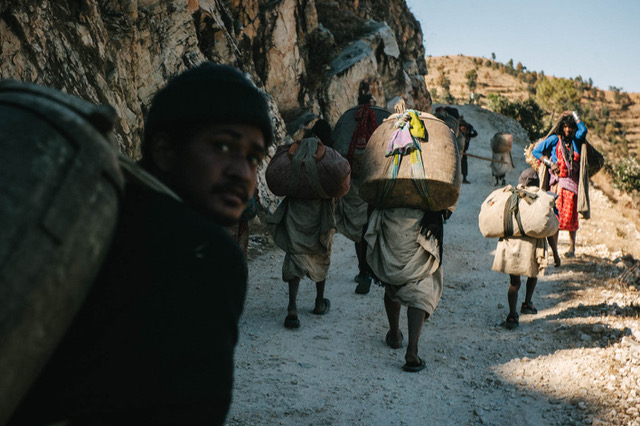Issue:
October 2021
Photography exhibition at FCCJ
Oct. 4 to Nov. 5, 2021
In the lush hills of western Nepal that intersect at the junction of harsh Himalayan mountains and wide North Indian plains, an ethnic group lives a nomadic life between edge of nature and human habitation. They are called the Raute, or the"kings of the forest".
Speaking Khamchi, their native language, they have chosen to live a nomadic life instead of settling in one location and farming. The Raute people are hunter-gatherers who survive on a diet of jungle monkeys and other wildlife as they traverse between the natural environment and the outskirts of civilization. The tribe exchanges wooden containers carved from trees for provisions from traders and village farmers.
The modern world is making its way even to the tiny villages deep inside the Himalayas. But the Raute maintain their lifestyle, even though they are aware of modern conveniences such as electricity, fuel, automobiles, TV, mobile phones, and concrete, along with the benefits of medical care and education. They have resolved to continue their way of life and resist change.
However, their environment has changed dramatically due to political settlement policies, deforestation, vegetation changes, and friction among local communities. It is said that there were once thousands of Raute, belonging to five groups, scattered around India to Nepal, but today only about 160 members from one group remain. How much longer will they be able to continue their way of life? What does the future hold for them?



Masaru “JUMBO” Kadotani
Documentary photographer & videographer
Born in Kobe, Japan in 1982, the nickname, “JUMBO”, comes from his robust physique, acquired during mountain training, as well as his unflappable character.
He accompanied Japanese adventurer / extreme skier Yuichiro Miura on his mountain expeditions to the Himalayas when he was 18 years old. That experience left him enthralled by the great nature of the Himalayan land and the diverse ethnic cultures there, nurtured by the rich geographical environment of Nepal. He also witnessed tragic social problems caused by the traditional caste system and poverty. As a photographer, he aspired to express the "beauty of the humans as animals" that goes beyond the preconceived sense of values of right or wrong.
He is currently active in a wide range of documentary and promotional photography & video filming in frontier and mountainous regions all over the world. He also works on his own documentary projects, focusing on mountaineers and climbers, the folklore of little-known ethnic groups, and people who strive in the midst of social upheaval.
Bruce Osborn, FCCJ Exhibition Chair

